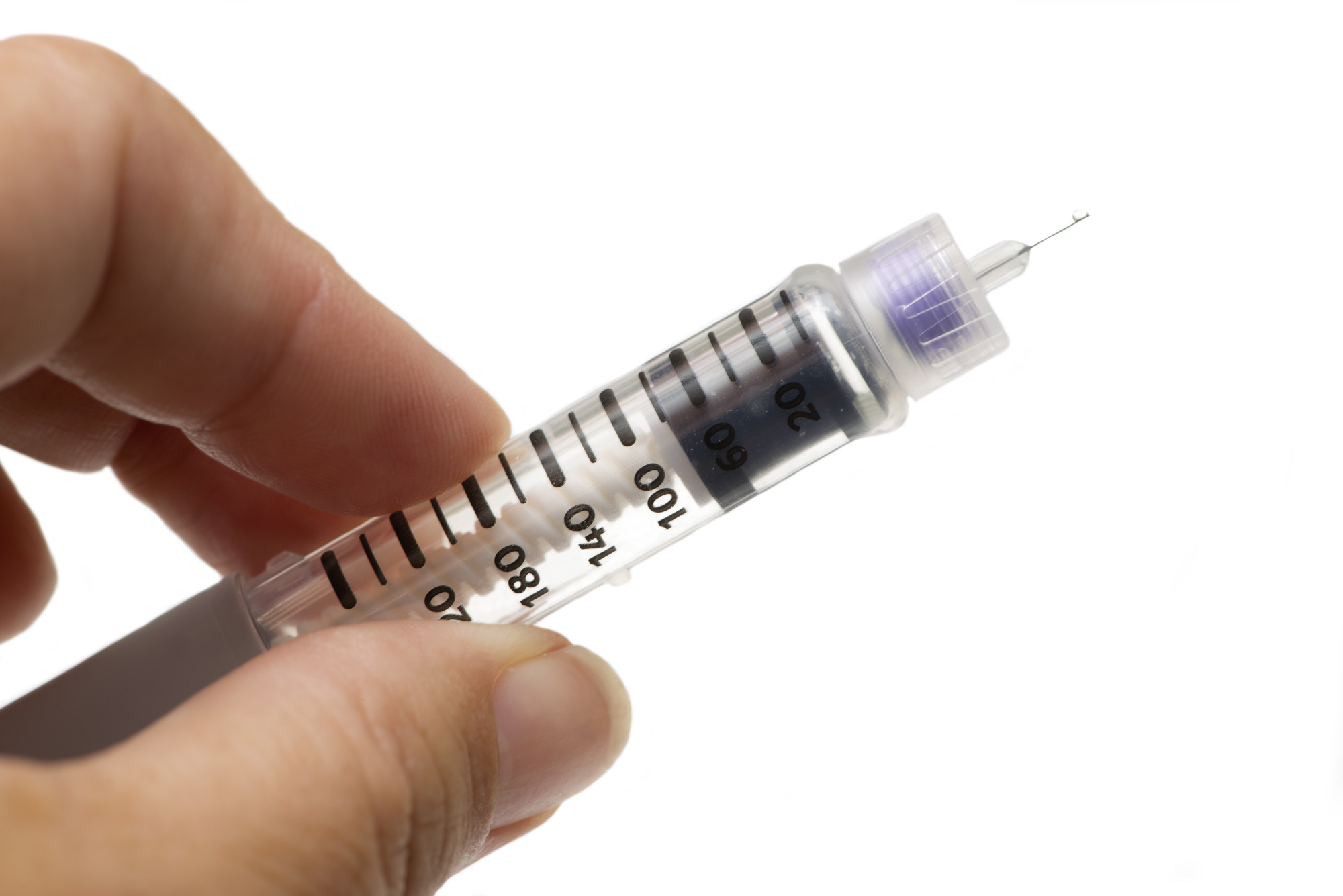Well over 30 million people live with diabetes in the United States. That comes out to about one in every ten Americans.
A large portion of the people with diabetes depend on insulin to control their blood sugar. Unfortunately, taking insulin is not nearly as simple as just popping a pill in the morning and before bed.
Health care workers, diabetics, and their close family should know to calculate how much insulin to take. We created a guide to help you understand. Read ahead to learn more about taking insulin.
The Impact of Diabetes
As we mentioned, diabetes affects tens of millions of Americans. This condition can lead to serious short and long-term consequences.
There are things you can to prevent the onset of diabetes, but there is also a genetic component. If you are diagnosed with prediabetes or diabetes, you will have to practice lifestyle changes and/or take medication to slow the advance of this condition.
Understanding Diabetes
Technically speaking, diabetes is a chronic metabolic condition that features consistently high blood sugar (hyperglycemia).
When we eat or drink, the food is broken down into different molecules, most carbohydrates (sugars), proteins, and lipids (fats). Most of the carbohydrates we consume are further broken down into glucose. Our cells use glucose as an important source of energy.
The Importance of Blood Sugar Levels
Our blood sugar level, or glycemia, refers to the concentration of glucose in the blood. This is commonly represented as milligrams of glucose per deciliter of blood.
If you go all day without eating (we don’t recommend this to anyone), you will likely feel the effects of low blood sugar (hypoglycemia). You may experience dizziness and confusion. Severe cases can lead to seizures, coma, and even death.
The Danger of High Blood Sugar
Interestingly, if your blood sugar were to skyrocket for the day, you probably wouldn’t even feel as sick as if it were to drop.
It’s almost a relief to finally get some food. However, persistently high blood sugar can cause organ damage over time. It can take years to see the consequences of diabetes.
Long-term consequences include kidney damage, cardiovascular disease, increased cancer risk, nerve damage, and other serious conditions.
Type I vs Type II
This insulin dosage guide is for people with type II diabetes. There are some key differences in the way they are managed. If you aren’t sure what type of diabetes you have, you must ask your health care provider.
Type I diabetes, once known as juvenile-onset diabetes, is hereditary. Since it results in an insulin deficiency, it generally requires insulin therapy starting in childhood.
Type II, previously known as adult-onset diabetes has both a genetic and behavioral component. This is due to insulin resistance.
Treating Diabetes Type II
Whereas almost all patients with type I diabetes require insulin no matter what, there are some alternative treatments for type II that are effective in some patients.
Non-Pharmaceutical Treatment
This refers to all those lifestyle changes that all of us should be practicing anyway. Despite this, these are often the hardest to implement.
People with diabetes, regardless of whether or not they take insulin, should put special attention in their diets and exercise habits (or lack thereof).
Diabetic Medication
There are pharmaceutical options for diabetics other than insulin. They include metformin, canagliflozin, glyburide, and many others.
Insulin
Insulin is a hormone produced by cells in the pancreas. It is released directly into the bloodstream in response to elevated blood sugar.
Insulin has several regulatory functions for your metabolic system. For today’s discussion, we need to know that it lowers your blood sugar.
It promotes glucose in the blood to move into cells where it can be used as energy or stored as glycogen. In contrast, when our blood sugar gets too low, glucagon elicits the opposite effect.
The Relation Between Diabetes and Insulin
Type 2 diabetes is a life-long condition in which your body can’t use its insulin the way it should. This state is known as insulin resistance.
Your doctor may prescribe insulin because you need higher amounts than your pancreas can produce.
Calculating How Much Insulin to Take
You will need to follow close attention to the instructions your doctor gives you. Not all insulin has the same strength or duration of effect.
These are all things you need to know to figure out how much insulin to take. Chart your glycemia on a routine basis.
Your doctor can help you calculate your daily needs. Then, you’ll need to figure out if you’ll take one shot or divide it throughout the day. It usually takes some trial and error to figure out the best way to do this.
Diabetes Dosing Formula
Your doctor will generally start with a lower dose and work their way up. 0.5 international units (IU) per kilogram (2.2 lbs) per day is a good place to begin.
This means that a person who weighs 100 kilograms (220 lbs) would take 50 IU per day.
Many people will need higher doses than 0.5 IU/kg/day but that is adjusted as time goes on.
Insulin Dosing Schedules
Some people have high blood sugar in the morning. They may require a single dose at night.
Others have high blood sugar after meals. They might be best treated with several doses of fast-acting insulin throughout the day.
Keeping Track of Your Numbers
This can all be confusing for people living with diabetes. However, you must take control of your diabetes management. Click here to find out more about insulin syringes.
If you find this tedious, we assure you that living with the consequences of uncontrolled diabetes is much worse. It is better to learn how to take your blood sugar and record the data.
There are smartphone applications that allow you to keep track of your blood sugar levels and calculate how much insulin you should be taking.
Taking Charge of Your Health
Diabetes doesn’t have to control your life. Do something nice for yourself by taking care of your blood sugar and being responsible with your insulin.
You learn to calculate how much insulin to take and when. This helps you become more independent and helps decrease your risk of complications.
Visit the blog for more articles about diabetes and other health care issues.

